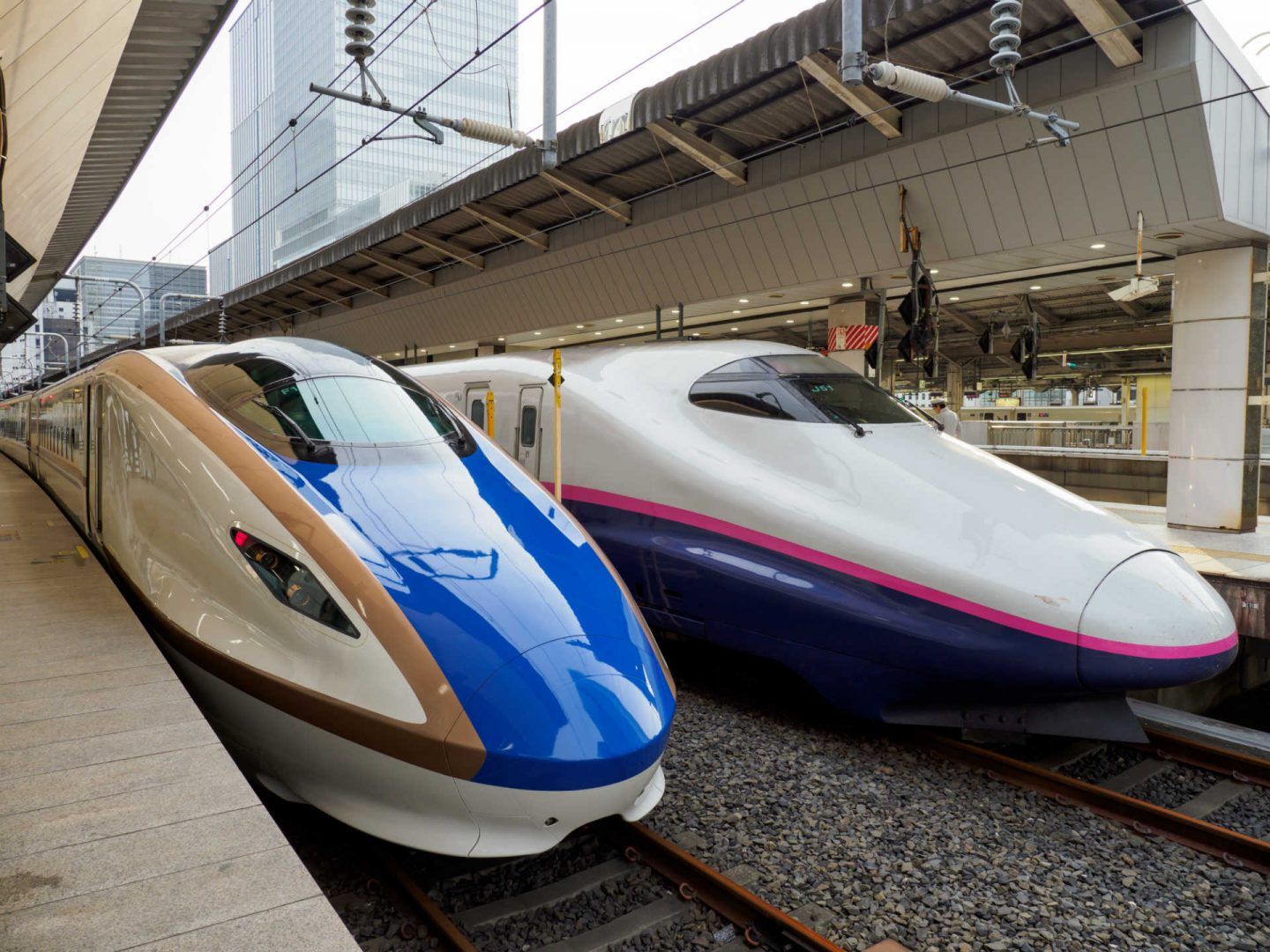Step 5: Get familiar with Japanese culture
Familiarizing yourself with Japanese culture ahead of your trip is likely to make it all the more rewarding. The same is true of enjoying hands-on experiences while on-the-road.
So, here are a few ways to do exactly that.
Learn a few basic Japanese phrases
Knowing how to say “hello” (konnichiwa), “thank you” (arigatou gozaimasu), and “excuse me” (sumimasen) can go a long way in making connections. All the better if you learn more. Otherwise, use an app.
Understand social etiquette
A couple of key pointers on the subject of etiquette. First, bowing is a significant part of Japanese etiquette, used to greet, thank, apologize and show respect.
Second, be mindful of the fact that it’s customary to remove shoes before entering many homes, traditional inns (ran) and temples.
Enjoy Japanese food
While many Japanese dishes are known globally, nothing beats enjoying the likes of sushi sashimi, ramen, tempura and soba in local restaurants, or on an expert-guided, food-themed tour.
We also suggest booking a Japanese tea ceremony experience.
Experience traditional arts and visit cultural sites
From taking classes in ikebana — the art of flower arranging — and shodo (calligraphy), to watching traditional Japanese theater forms like kabuki and noh, try to enjoy a few cultural experiences during your vacation.
In addition, be sure to include historic attractions in your itinerary, from temples and shrines — like Kyoto’s Kinkaku-ji and Tokyo’s Meiji Shrine — to castles like Himeji and Matsumoto.
Practice patience and respect
Japanese culture values patience, harmony and respect for others. Being mindful of these values while traveling will enhance your experience.
Editor’s tip: read more on Japanese culture and etiquette, and find out unbelievable facts about Japan.
























